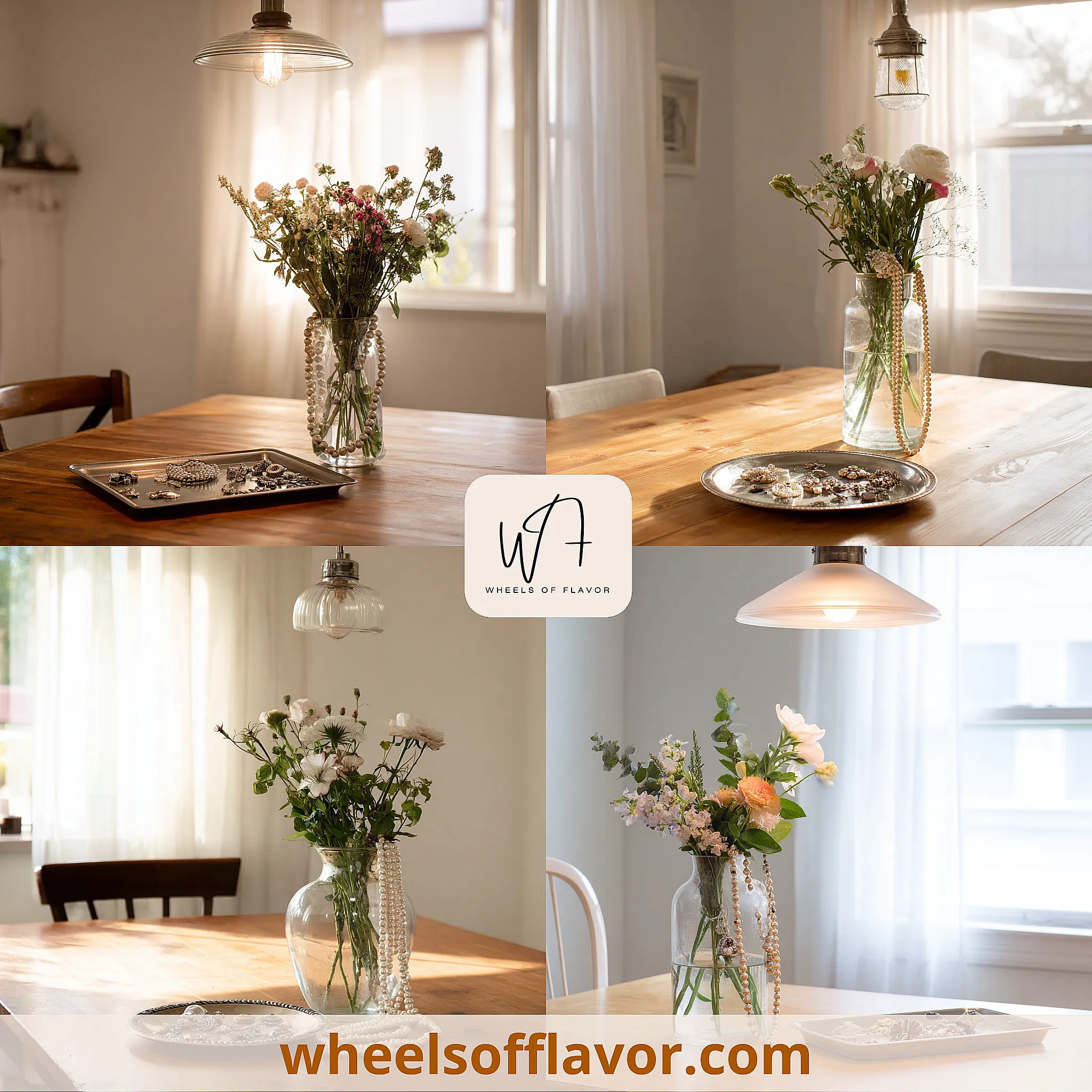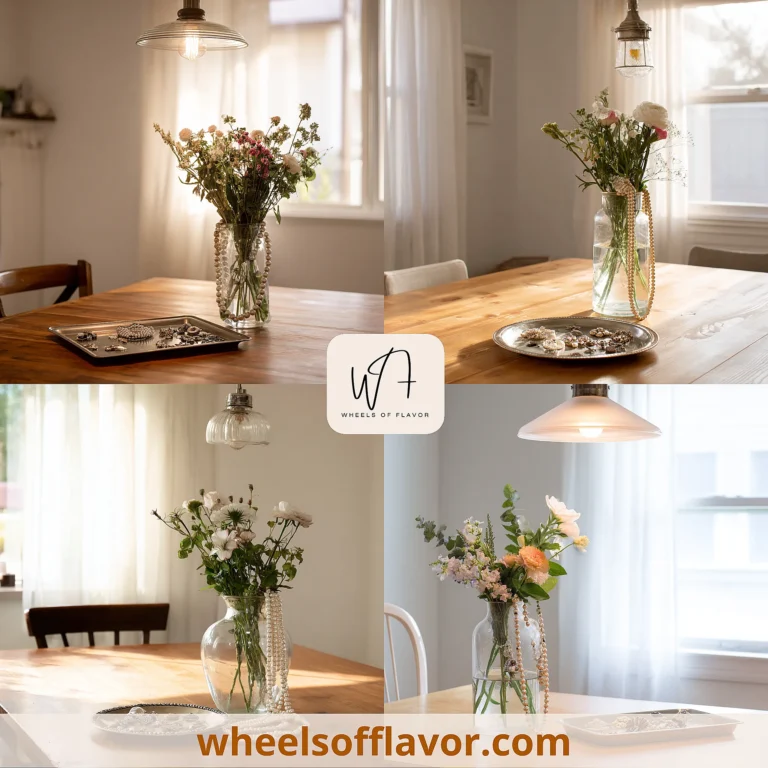
When it comes to raising backyard chickens, the chicken run door is more than just an entry point—it’s a critical component for safety, convenience, and overall flock health. A well-designed door protects your birds from predators, ensures easy access for feeding and cleaning, and can even enhance the aesthetic appeal of your coop setup. Whether you’re a seasoned poultry keeper or a beginner, investing time in choosing or building the right door can prevent common issues like escapes, injuries, or attacks from wildlife. In this article, we’ll explore innovative and practical chicken run door ideas that cater to various needs, from DIY projects to ready-made options. By focusing on functionality and durability, you can create a secure environment that keeps your chickens happy and productive. Remember, a good door isn’t just about closing gaps; it’s about peace of mind and efficient management of your feathered friends. Let’s dive into some creative solutions that blend practicality with style.
Essential Features of a Secure Chicken Run Door
A secure chicken run door is the first line of defense against predators and environmental hazards. Key features to consider include durability, weather resistance, and ease of operation. Opt for materials like heavy-duty wood, metal, or reinforced plastic that can withstand chewing, scratching, and harsh weather conditions. Automated doors are a game-changer, offering timers or light sensors to open and close at dawn and dusk, reducing the risk of human error. For manual doors, ensure they have sturdy latches or locks that predators can't easily manipulate. Additionally, the size matters—make sure the door is large enough for easy cleaning access but small enough to prevent larger animals from entering. According to experts at The Happy Chicken Coop, a well-designed door can reduce predator attacks by up to 90%. Don't forget ventilation and insulation aspects; a door with mesh or gaps can improve airflow while keeping threats out. By prioritizing these elements, you'll create a safe haven for your chickens that requires minimal maintenance.
DIY Chicken Run Door Ideas for Budget-Friendly Projects
Building your own chicken run door is a rewarding DIY project that saves money and allows for customization. Start with simple materials like plywood, hinges, and a latch from your local hardware store. For a basic design, cut a piece of wood to fit the run opening, attach hinges for swinging motion, and add a secure lock. To enhance functionality, consider adding a sliding mechanism using tracks or rails for smoother operation. Upcycled items like old cabinet doors or window frames can add a rustic charm while being eco-friendly. If you're tech-savvy, integrate a solar-powered automatic opener for hands-free management. Always test the door for ease of use and security before final installation. For step-by-step guidance, check out our internal resource on https://wheelsofflavor.com/diy-chicken-coop-tips. Remember, safety first: ensure all edges are smooth to prevent injuries, and use non-toxic paints or sealants. With a bit of creativity, you can craft a door that fits your specific needs and enhances your chicken run's functionality.
Creative and Aesthetic Chicken Run Door Ideas
Who says practicality can't be pretty? Creative chicken run door ideas can transform your coop into a charming focal point in your garden. Themed designs, such as barn-style doors or arched entries, add character while maintaining functionality. Use colors that complement your outdoor decor—pastels for a cottage feel or bold hues for a modern twist. Incorporate windows with durable mesh to allow light and visibility without compromising security. For a unique touch, try a Dutch door style, where the top half opens independently for easy interaction with your flock. Landscaping around the door with plants like lavender or marigolds can deter pests and enhance the overall appeal. Materials like reclaimed wood or decorative metalwork offer both durability and visual interest. As noted in a study by Backyard Poultry Magazine, aesthetically pleasing coops can increase enjoyment and engagement in poultry keeping. Balance form and function by ensuring that decorative elements don't hinder the door's primary purpose of protection. Explore these ideas to make your chicken run not just safe, but stylish too.
Conclusion
In summary, choosing the right chicken run door is essential for the safety, health, and happiness of your flock. From secure automated options to budget-friendly DIY projects and creative aesthetic enhancements, there's a solution for every poultry enthusiast. By focusing on durability, ease of use, and personal style, you can prevent common issues and enjoy a more efficient backyard setup. As you implement these ideas, remember that regular maintenance—such as checking for wear and tear—will ensure long-term reliability. Looking ahead, consider trends like smart technology integration for even greater convenience. For more inspiration, revisit our tips and explore additional resources. Your chickens deserve the best, and a well-thought-out door is a step toward a thriving, protected environment. Take action today by assessing your current setup and planning an upgrade—it's an investment that pays off in peace of mind and flock well-being.
Frequently Asked Questions
Q: What is the best material for a chicken run door?
The best material depends on your needs: wood is affordable and easy to work with for DIY projects, but it may require treatment for weather resistance. Metal, such as galvanized steel, offers superior durability against predators and elements, though it can be more expensive. Plastic or composite materials are lightweight and low-maintenance but might not be as sturdy. For most setups, a combination—like a wooden frame with metal reinforcements—provides a balance of cost, security, and longevity.
Q: How do I automate a chicken run door?
Automating a chicken run door involves installing a motorized opener that can be set to a timer or light sensor. Kits are available online or at farm supply stores; they typically include a motor, battery or solar panel, and programming options. Installation is straightforward: mount the motor to the door frame, connect it to the door, and set the opening and closing times based on sunrise and sunset. This ensures your chickens are let out in the morning and secured at night without manual intervention, reducing the risk of forgetting and improving consistency.
Q: Can I build a chicken run door myself if I'm a beginner?
Absolutely! Many DIY chicken run door ideas are beginner-friendly. Start with a simple design using basic tools like a saw, drill, and hinges. There are numerous online tutorials and plans that guide you through each step. Focus on safety: measure accurately, use secure fasteners, and test the door before relying on it. If you're unsure, opt for a pre-made kit or seek advice from communities like those on https://wheelsofflavor.com/, where you can find support and tips. With patience and care, even novices can create a functional and secure door.

